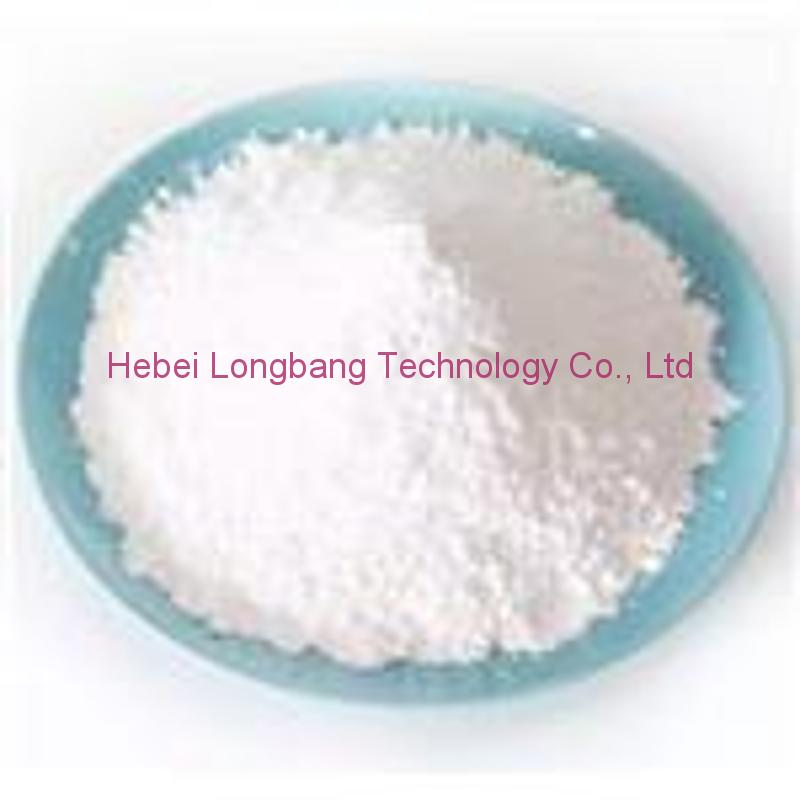-
Categories
-
Pharmaceutical Intermediates
-
Active Pharmaceutical Ingredients
-
Food Additives
- Industrial Coatings
- Agrochemicals
- Dyes and Pigments
- Surfactant
- Flavors and Fragrances
- Chemical Reagents
- Catalyst and Auxiliary
- Natural Products
- Inorganic Chemistry
-
Organic Chemistry
-
Biochemical Engineering
- Analytical Chemistry
-
Cosmetic Ingredient
- Water Treatment Chemical
-
Pharmaceutical Intermediates
Promotion
ECHEMI Mall
Wholesale
Weekly Price
Exhibition
News
-
Trade Service
Introduction: Logan Energy is installing electrolyzers at a wastewater treatment plant run by Anglian Water in Cambridgeshire as part of
its Triple Carbon Reduction project.
Impact on sewage treatment systems
East Lothian-based Logan Energy is installing electrolyzers at a wastewater treatment plant run by Anglian Water in Cambridgeshire as part of
its Triple Carbon Reduction project.
This is a way
to explore the production of hydrogen (H2) and oxygen (O2) through electrolyzers using treated effluent.
The O2 produced by this method can be used in the wastewater treatment process, the Membrane Aerated Biofilm Reactor (MABR) system
.
The aim of the project is to reduce emissions
of strong greenhouse gases such as nitrogen oxides (N2O).
According to the company, the H2 produced by the method will also be used in different scenarios, for example, fuel cells, replacing diesel generators or local hydrogen-powered vehicles
.
"Unlike the usual electrolysis project, this project will use both hydrogen and oxygen
.
"
The project aims to implement resource/energy recovery
without increasing demand for drinking water resources and without depleting water resources to affect climate change resilience.
Anglian Water said the project will continue until June 2024
.
Carbon emissions from wastewater treatment processes are a challenge for the water industry, as it is difficult to neutralize the carbon emissions
generated by wastewater treatment processes.
However, Logan Energy says that by relying on electrolyzers to produce O2, the wastewater treatment process can reduce energy consumption by 85% and reduce N2O emissions
.
Bill Ireland, CEO of Logan Energy, said: "Unlike an ordinary electrolysis project, this project will use both hydrogen and oxygen produced to further improve overall operational efficiency
.
”
Among them, because hydrogen is produced by supplying electrolyzers with renewable energy rather than fossil energy, it belongs to green energy - green hydrogen
.
Triple carbon reduction
In 2021, Anglian Water and its partners received funding from Ofwat, the water regulator in England and Wales, to complete part of
two projects in its Water Breakthrough Challenge.
The second proposal made by Anglian Water and its partners is the "Triple Carbon Reduction Project": the adoption of new technologies to reduce greenhouse gas emissions and electricity consumption
in wastewater treatment processes by leapfrogging.
"This project will support the water industry to achieve net-zero carbon emissions
by 2030.
"
Their goal is to provide a new renewable energy source through green hydrogen, the Triple Carbon Reduction Plan, which works together to achieve net-zero carbon emissions by 2030
.
Giulia Pizzagalli, Innovation Project Manager at Anglian Water, said: "This project will support the water industry to achieve net-zero carbon emissions by 2030 and generate new renewable energy
through electrolysis.
”
Next is Watts?
If the collaboration between Logan Energy and Anglian Water can show a significant reduction in N2O emissions, this could trigger more applications
for electrolyzers in the industry.
Logan said the project also involves other utilities, including Northern Ireland Water, Severn Trent, Scottish Water and United Utilities, all of which are eager to share their experiences
.
Speaking about why Anglian Water chose Logan Energy, Pizzagalli said, "Their extensive expertise in hydrogen can help us advance our position
in the development of the water industry.
”
Introduction: Logan Energy is installing electrolyzers at a wastewater treatment plant run by Anglian Water in Cambridgeshire as part of
its Triple Carbon Reduction project.
Impact on sewage treatment systems
Impact on sewage treatment systemsEast Lothian-based Logan Energy is installing electrolyzers at a wastewater treatment plant run by Anglian Water in Cambridgeshire as part of
its Triple Carbon Reduction project.
This is a way
to explore the production of hydrogen (H2) and oxygen (O2) through electrolyzers using treated effluent.
The O2 produced by this method can be used in the wastewater treatment process, the Membrane Aerated Biofilm Reactor (MABR) system
.
The aim of the project is to reduce emissions
of strong greenhouse gases such as nitrogen oxides (N2O).
According to the company, the H2 produced by the method will also be used in different scenarios, for example, fuel cells, replacing diesel generators or local hydrogen-powered vehicles
.
"Unlike the usual electrolysis project, this project will use both hydrogen and oxygen
.
"
The project aims to implement resource/energy recovery
without increasing demand for drinking water resources and without depleting water resources to affect climate change resilience.
Anglian Water said the project will continue until June 2024
.
Carbon emissions from wastewater treatment processes are a challenge for the water industry, as it is difficult to neutralize the carbon emissions
generated by wastewater treatment processes.
However, Logan Energy says that by relying on electrolyzers to produce O2, the wastewater treatment process can reduce energy consumption by 85% and reduce N2O emissions
.
Bill Ireland, CEO of Logan Energy, said: "Unlike an ordinary electrolysis project, this project will use both hydrogen and oxygen produced to further improve overall operational efficiency
.
”
Among them, because hydrogen is produced by supplying electrolyzers with renewable energy rather than fossil energy, it belongs to green energy - green hydrogen
.
Triple carbon reduction
Triple carbon reductionIn 2021, Anglian Water and its partners received funding from Ofwat, the water regulator in England and Wales, to complete part of
two projects in its Water Breakthrough Challenge.
The second proposal made by Anglian Water and its partners is the "Triple Carbon Reduction Project": the adoption of new technologies to reduce greenhouse gas emissions and electricity consumption
in wastewater treatment processes by leapfrogging.
"This project will support the water industry to achieve net-zero carbon emissions
by 2030.
"
Their goal is to provide a new renewable energy source through green hydrogen, the Triple Carbon Reduction Plan, which works together to achieve net-zero carbon emissions by 2030
.
Giulia Pizzagalli, Innovation Project Manager at Anglian Water, said: "This project will support the water industry to achieve net-zero carbon emissions by 2030 and generate new renewable energy
through electrolysis.
”
Next is Watts?
Next is Watts?If the collaboration between Logan Energy and Anglian Water can show a significant reduction in N2O emissions, this could trigger more applications
for electrolyzers in the industry.
Logan said the project also involves other utilities, including Northern Ireland Water, Severn Trent, Scottish Water and United Utilities, all of which are eager to share their experiences
.
Speaking about why Anglian Water chose Logan Energy, Pizzagalli said, "Their extensive expertise in hydrogen can help us advance our position
in the development of the water industry.
”







